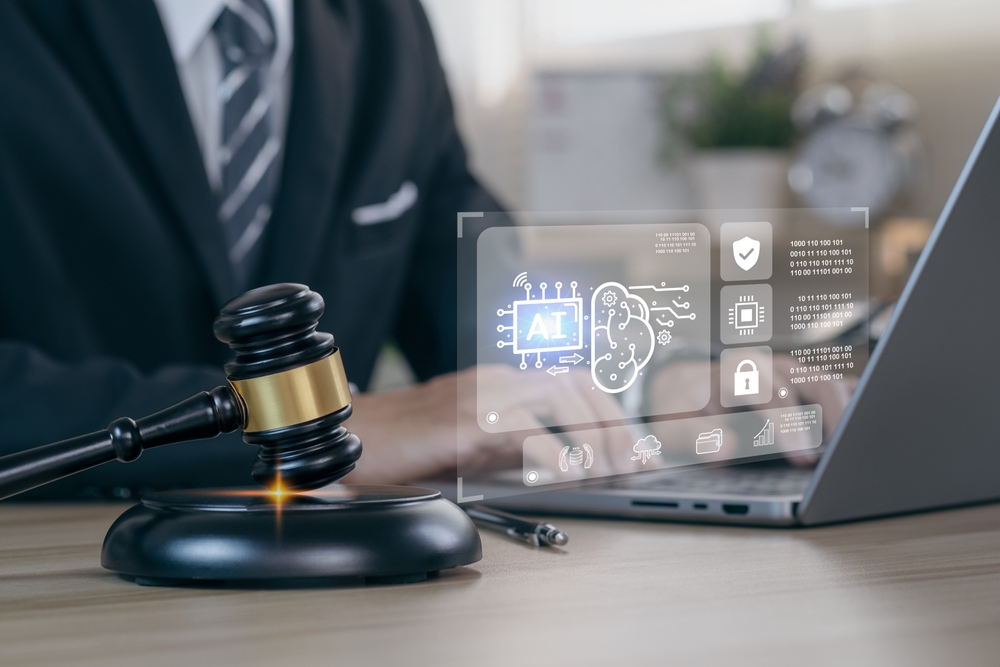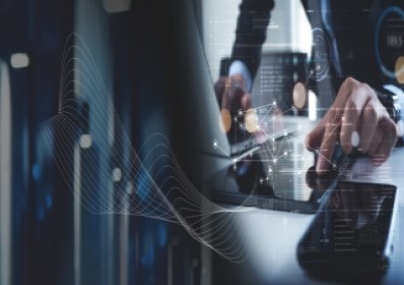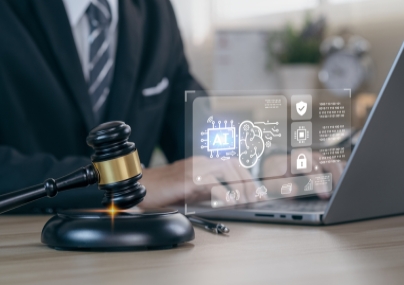
Law firms featured: Anand and Anand, Bird & Bird, CMS, RPC Premier Law, Wanhuida Law Firm
When AI chatbot ChatGPT hit the market in late 2022, it unleashed an AI frenzy that's still engulfing the world. The key technology underpinning the tool, generative AI (Gen AI), is driven by sophisticated systems that produce content from text to images.
Users are astounded by its uncanny knack for not only crafting coherent paragraphs in response to queries but also generating digital artwork and videos based on textual prompts. It's as if, upon presenting it with a puzzle, all one needs to do is sit back and watch the magic unfold.
As Gen AI ushered in a new era of creativity, questions also began to rise over the protection of intellectual property rights, with the new technology blurring the line between human authorship and algorithmic assistance.
In jurisdictions such as the United States, the debate is still ongoing over whether there is a copyright question in Gen AI output after all. Nicholas Lauw, a partner at RPC Premier Law in Singapore, points out that the argument stems from the creative agency of Gen AI tools.
"While some have argued that the creation of 'prompts', which are the inputs a human enters into an AI tool to generate a specific output, involve creativity and effort that warrant copyright protection over the output, some courts in the U.S. have rejected this argument," notes Lauw.
The case Lauw refers to is the "Zarya of the Dawn" case where the U.S. Copyright Office denied copyright registration to graphic images that were generated with the help of an AI tool. The Office explained that "users do not exercise ultimate creative control over how (the AI tool) interpret prompts and generate material."
Pin-Ping Oh, a partner at Bird & Bird in Singapore, says that it remains unclear whether something without human creative input could be "original."
"The key issue to granting copyright protection for AI-generated works is the lack of human authorship that has traditionally been required for a work to be protected," she notes.
Lauw acknowledges the judicial ambiguity in Singapore surrounding whether copyright subsists in Gen AI output. "Although the apex court in Singapore has previously held that copyright protection will only arise where a work is created by human author(s), uncertainty remains as to when copyright can subsist in AI-created works on the basis that the work was created by a human using computer software," says Lauw, adding that Gen AI, albeit a software, is by nature drastically different from a passive tool such as a keyboard.
China, on the other hand, appeared to have gone in a different direction. In November, a Beijing court ruled against a party using an AI-generated picture in its content, declaring that the picture was a copyrightable work due to the "intellectual inputs" and "personal expressions" provided by the author by entering prompts and exercising personal aesthetic judgements.
This is the first ruling handed down by a Chinese court concerning the copyrightability of AI output. But He Wei, a partner at IP-specialised Wanhuida Law Firm in Beijing, says grey areas remain under the existing legal framework, where the concept of "AI-related IP legislation" is still in an embryonic stage.
"For instance, should the rights (of copyright protection) be granted to the user of AI-generated content or the developer? Should it be an individual or an entity? If the same prompt words are used and different images are generated each time, how to reconcile the contradictions in ownership and technical details?," asks He. He believes that in the short term, breakthroughs in AI-related IP issues in China are likely to come through case law in various courts as opposed to from a legislative level.
Another major crux testing IP lawyers in the era of AI is the use of proprietary content in training, especially commercial large language models (LLMs). That's because Gen AI tools are fed existing compilations of articles and images scraped from the internet to mimic text structure and recognise shapes and patterns in pictures.
"There is potential infringement if the developer of the AI was not granted a right to use the source material to train its AI. There may also be infringement if the AI-created output is substantially similar to the source works of copyright owners," says Lauw.
Jonathan Chu, a partner at CMS in Hong Kong, lays out the questions at the top of judges' minds. "On one hand, would this be no different than a human using resources online and the public library to learn about the world, and then creating a work or invention based on that knowledge? On the other hand, should there be some implied limitation on the use of such resources whereby some may be expected to not be used for commercial purposes?"
On this front, the Indian government believes its existing IP rights regime is well-equipped to protect AI-generated works and there is no need to create separate category of rights. Vaishali Mittal, a partner at Anand and Anand, points out that India is one of the few countries which has allowed co-authorship AI in a work created using it.
Mittal also highlights the issue of "deepfakes" and protection granted by Indian courts to victims of this type of AI-powered digital manipulation. She cited the case of Indian movie actor Anil Kapoor, who clinched a landmark court victory against websites that featured deepfakes using his likeness.
"The court has granted protection to Kapoor's individual persona, and personal attributes, against misuse, specifically through AI tools used for creating deepfakes. The court directed immediate blocking and suspension of the domain names involved in propagation of such deepfake contents and ordered that such links must be taken down by the internet service providers," notes Mittal.
As jurisdictions in Asia, diverse in culture and legal systems, gradually establish positions on AI-related copyright issues, IP lawyers are tasked with keeping pace with technological advancement and how it has fundamentally upended and transformed the copyright legal framework by its root.
"We can expect an evolution of the law and the way we use technology in relation to IP rights. I anticipate trademarks being more important and valuable, especially if AI ends up evening up the playing field by allowing more access to content and innovation," says Chu.
(With assistance from Hu Yangxiaoxiao and Nimitt Dixit)


